If you've been around the Mac long enough to have an @mac.com address, you've seen Apple trying to migrate you to @icloud.com. Now it's removed yet another trace of the old, favorite email address.
Apple is steadily removing even references to the old @mac.com and slightly less old @me.com addresses from its support documents. They may date all the way back to iTools and the iBook SE, but if you've got one of those addresses, you're probably hanging on to it no matter what Apple does.
It isn't a surprise that Apple would rather you thought of its successful iCloud service more than you did its quite disastrous predecessors, including MobileMe. Nothing before iCloud truly worked, but MobileMe was the one that saw Steve Jobs exploding inside Apple.
Apple email history
It used to be that if your email addressed ended in @mac.com, you were telling the world that you are an Apple user. Now while it's only that part of the world which is extremely geeky, you're actually telling them that you were an Apple user on or before July 9, 2008.
This email address was once championed by Apple as part of its iTools service back in 2000, and if you still have one, you have some bruises from the days of iTools, .Mac, and MobileMe before you got to today's iCloud.
If your email ends in @mac.com then you got it somewhere between 2000 and 2008. If it ends in @me.com, you got it during the briefer opportunity between then and 2012.
To be exact, you have still got an @mac.com address because you had it and were actively using it on July 8, 2008, plus you kept your MobileMe account and - there's more - you moved to iCloud before August 1, 2012.
Things are a little woolier about when you would have started to get an @me.com address. However, if you had one, you were using MobileMe, and you moved to iCloud before that August 1, 2012 date, you got to keep @me.com. Alternatively, if you created a brand new iCloud account before September 19, 2012, then you'd have both @me.com and @icloud.com
We're not making this up. All of the changes were cumulative, too, so if you hung on to your @mac.com address from all that time ago, you still have it — and an @me.com one. And an @icloud.com one.
If you joined iCloud any time after the dust settled on September 19, 2012, you got @icloud.com and never had to know the difference.
Both @mac.com and @me.com users did have to know. In each case, though, the battles were 8 and 12 years ago. It's long enough ago that we cannot remember what we had to do to say, "Apple, no, we're keeping our @mac.com addresses."
Apple changed your email address
We did have to uncover settings and fathom out what was going on, though, because Apple helpfully changed our email address. Twice.
At some point in 2008, we would find that we were apparently emailing people from the new @me.com address that we didn't even know we had. In 2012, we were seemingly emailing people from our @icloud.com addresses.
In both cases, we were all notified of how the service was changing from, say, .Mac to MobileMe, but there wasn't anything about email addresses. There definitely wasn't anything where you could say yes or no to the change.
What there was, was email aliases. This is the feature that lets you give out basically a fake Apple Mail address and know that emails sent to it will appear in your regular inbox.
The idea is that you could create an email alias called IsThisSpam@mac.com and then if you did get a lot of spam to that address, you just turned the alias off. It was a good idea with seemingly not much take up from users because it was limited to a few aliases, and you also had to do it via iCloud.com.
That same feature, though, let Apple decide to add an @me.com alias to your @mac.com account. And then later to add an @icloud.com one.
So if someone did choose to email you on @icloud.com, their mail would get through to you. That was nice.
What was less nice is that Apple initially changed it so that emails you sent out were being marked with this alias as the return address. Some of us had been giving out our @mac.com email address since the year 2000 and now clients were asking which address we wanted them to use.
Deleting .Mac and MobileMe
Whatever we had to do back on our iMac (Early 2008) machines, or later on our Mac Pro (Mid 2012, Dual CPU), we did it and we got to keep using our @mac.com addresses without further difficulty.
But it's as if Apple bears a grudge. Even as it let us continue using @mac.com or @me.com, it put limits on those. If you discovered you liked email aliases, for instance, you had to be careful which you created and which you then deleted.
"You can change or delete an email alias," says one Apple support document, but if you delete an @mac.com or @me.com email alias, you can't add it back to your iCloud account."
Apple's latest moves
Your Apple ID is tied to an email address and Apple gives you some flexibility about this, because it recognizes that we sometimes lose access to a previous address. You can change the address associated with your Apple ID and there's a current support document about how and why you might do that.
For some years, though, that page has said you're out of luck if you want to change to an @mac.com or @me.com address. You can't do it unless you somehow already have that address associated with your account.
And then in late August 2020, even that helpful information is gone. That same support page still lists what you can do with third-party email addresses. But gone are any references to @mac.com and @me.com
Hanging on to @mac.com
Microsoft has arguably done a similar thing with email addresses since it retired the old @hotmail.com one in favor of @outlook.com, starting back in 2012. In that case, though, the change was practically from embarrassment at what a bad reputation Hotmail had for spam.
Even though iTools and .Mac were less than stellar, and even though MobileMe was saddled with both a terrible name and worse bugs, the email was comparatively fine. There isn't a stigma to having an @mac.com address, quite the opposite.
Maybe we're just hanging on to a piece of Apple history. But maybe there's nothing wrong with that.
Keep up with AppleInsider by downloading the AppleInsider app for iOS, and follow us on YouTube, Twitter @appleinsider and Facebook for live, late-breaking coverage. You can also check out our official Instagram account for exclusive photos.
 William Gallagher
William Gallagher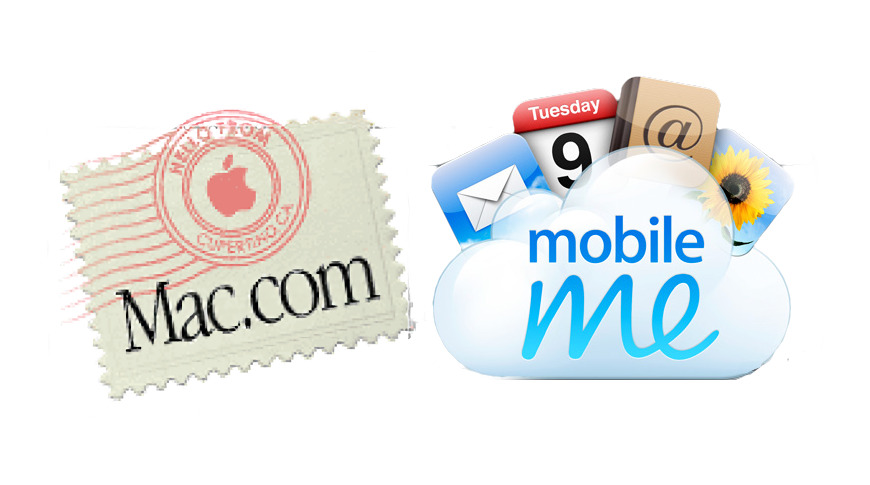

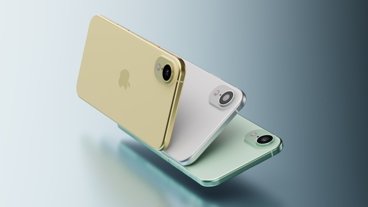


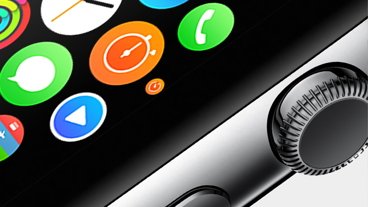


-m.jpg)





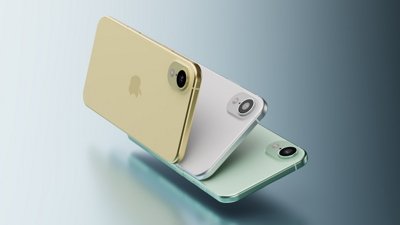
 Marko Zivkovic
Marko Zivkovic
 Christine McKee
Christine McKee
 Andrew Orr
Andrew Orr
 Andrew O'Hara
Andrew O'Hara


 Mike Wuerthele
Mike Wuerthele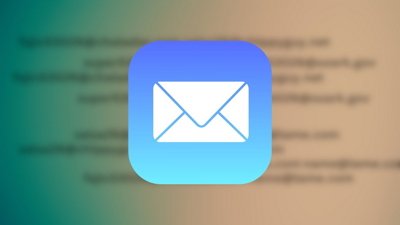
 Bon Adamson
Bon Adamson
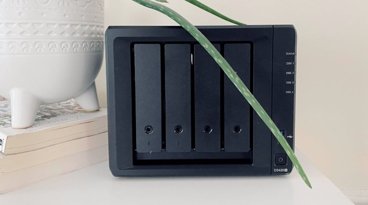



-m.jpg)



76 Comments
I love the @mac.com. I won't give it up totally. I also use the @me.com. I would love to dump @gmail.com. I've been with the Mac since 1985. Every few years Apple screws around with emails. You would think they would be happy with us old-timers using @mac.com. It's advertising. I wish they'd stop acting like children. They need to get over it.
I'll give you my .Mac address when you pry it from my cold
I have an @mac.com email address that's my personal address, known only to a few friends, and a gmail address that I use on web sites. The gmail address, needless to say, collects all of the spam.
I still actively use my .mac address. In fact, I was so early doors with iTools that my email is simply my first name, just four letters, before @mac.com.
But I’ll never give it up willingly!
I not only still have and daily use my mac.com email address, but also my hotmail.com email. I use the mac.com address as the main user for my Apple ID and the hotmail address as the main user for my Office 365 account. This story makes me feel like an old geezer.